I decided to refurbish my curing oven and ended up rebuilding it from scratch. I've only used materials and parts available at my local hardware or bought off Ebay, so this should be fairly easily reproducible but before starting your own wait for the "what I'd do differently next time" bit at the end. Lessons were learned along the way.
002 by Markwine, on Flickr
The inner chamber is 1000 long x 900 high x 400 deep, large enough to fit an entire frame with enough room for vacuum bags etc. It is constructed of ordinary fibre cement sheeting stuck together with bathroom silicone, this being the best high temperature glue easily available (and the cheapest). Silicone is a very weak adhesive so joints were designed to be stressed in shear wherever possible, with generous overlaps. Steel angle reinforcements were used where necessary - the steel used is the cheap backing angle that plasterers use.
In theory the chamber surface area of approx 3.3 m^2 insulated with a single layer of R 2.0 rockwool should mean that a heater of a mere 165 watts will achieve 100 degrees above ambient. In practice with the previous oven that was not the case, mainly due to air leaks. The inner chamber was thus designed to sit inside a wooden frame and a second layer of foilboard insulation added outside.
005 by Markwine, on Flickr
I got some sheets of 15mm foilboard cheap from the local hardware so I used three layers. You can see the foilboard on the bottom here:
006 by Markwine, on Flickr
Important technical diversion (contains equations but you should still read this):
EPS is a good insulator but it has a fairly low maximal service temperature, about 80C which is a bit of a drawback in an oven. It is therefore important to match the R values of the inner and outer layers of insulation so the temperature tolerance of the EPS is not exceeded. The temperature at the interface between the inner and outer insulation layers is given by
T interface = T ambient + (R outer layer / (R inner layer + R outer layer) x (T oven - T ambient).
For T oven = 120, T ambient = 40 (easily achieved here in summer) to keep T interface below 80 requires R outer to be <=0.5 x (R inner + Router) which is obviously equivalent to R outer = R inner.
I went one step further and worked on a max service temperature of 70 C which gives R outer <= 0.375 x (R inner + R outer)With R inner = 2.0, this requires R outer to be <= 1.2. The foilboard I used has an R value of 0.37, so three layers will add up to around 1.2 so we're all good. This also means that anything else which has a low max service temperature temperature (like standard PVC insulated wiring) can safely be used as long as it is outside the inner layer of inulation.
/ diversion.
The wiring to the heater element and distribution fan can't be placed outside the insulation for obvious reasons, so high temperature insulated wire must be used here. There are all sorts of types of wire used in commercial ovens etc but most of them are realtively difficult to obtain or expensive or both. The simplest solution is to use the silicone insulated wire sold for use in Radio controlled models, I bought 1 metre of each of three wires in 14 gauge for about $10.
008 by Markwine, on Flickr
The silicone insulated wires are the thick black, blue and red wires. The green earth wire is a piece of Noryl insulated wire (105 degree rating) from a reel I already had (I use it for star earthing in valve amplifiers).
You will notice that the fan motor has a second cooling blade on the motor side of the mounting plate which serves to cool the motor itself. This obviously won't work if the motor is inside a fully insulated chamber, so we have to accept some heat loss and build a small chamber around the motor assembly and allow it to vent to the outside.
020 by Markwine, on Flickr
Also note that there is no foilboard insulation in this section: aluminium foil is an excellent conductor of electricity, a fact that has killed a number of insulation contractors.
030 by Markwine, on Flickr
A small vented cover is used outpboard of the fan chamber
To be continued.


 Likes:
Likes: 

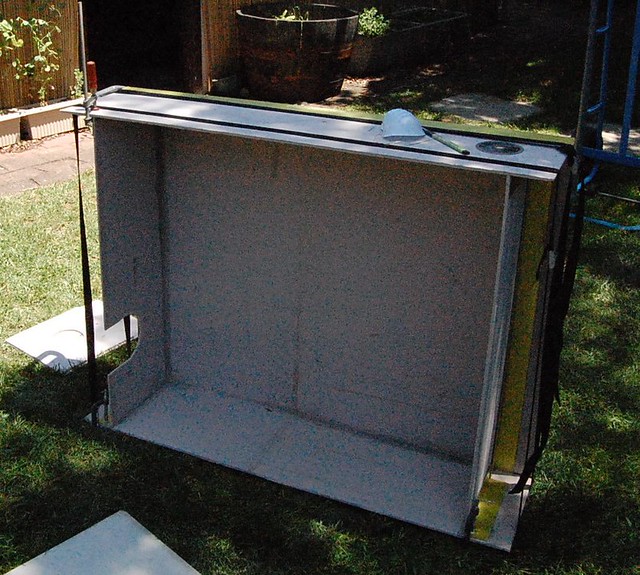
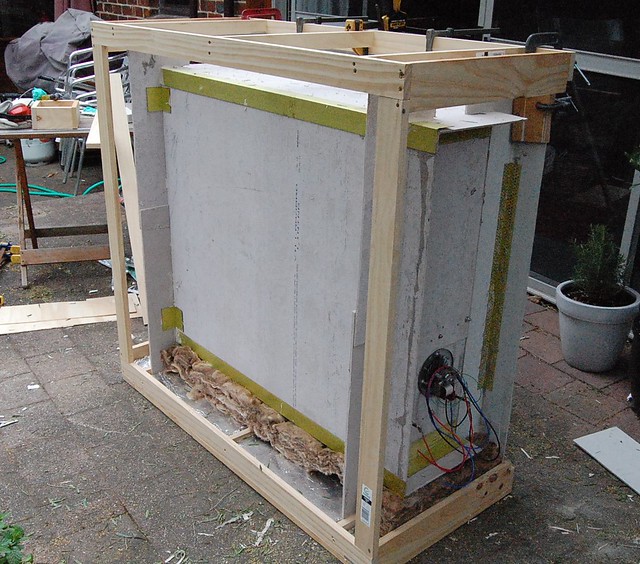
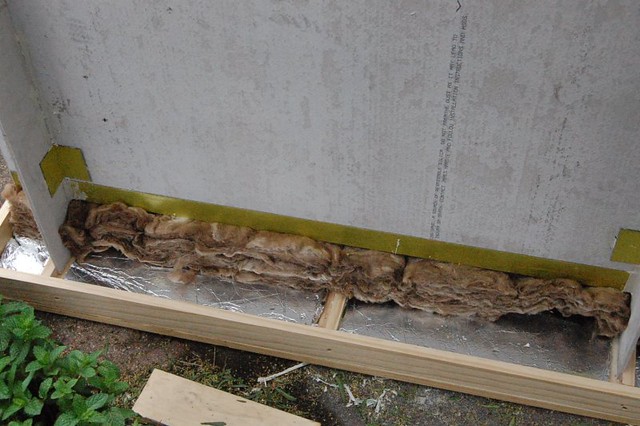
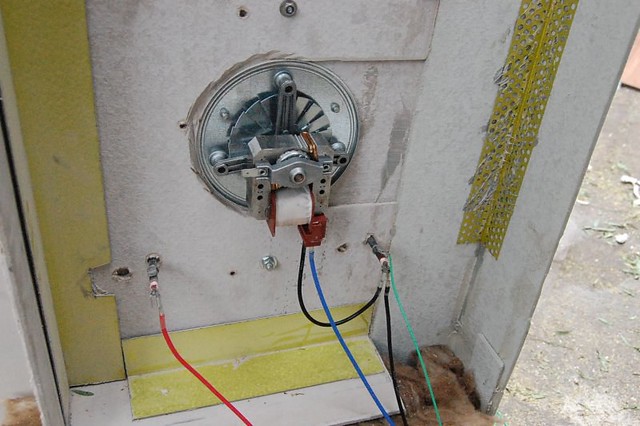
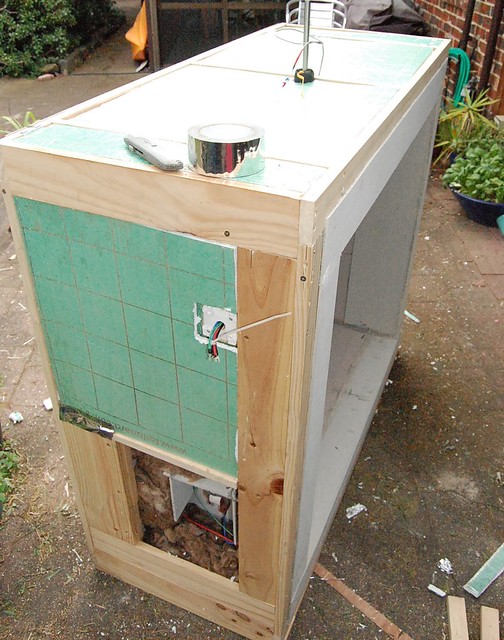
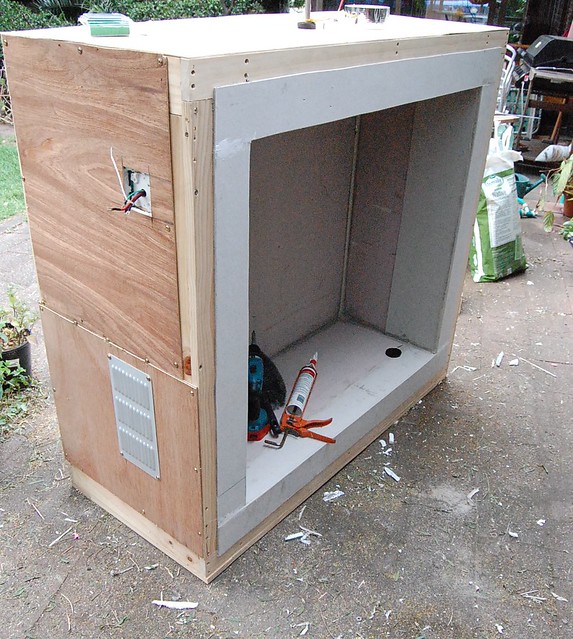

 Reply With Quote
Reply With Quote

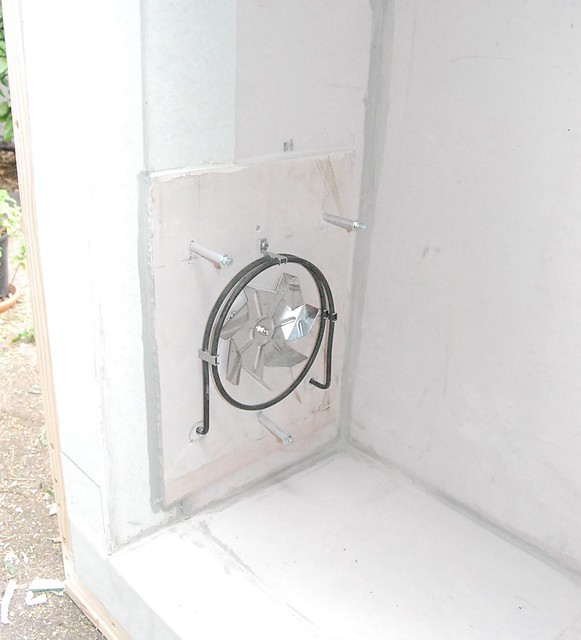
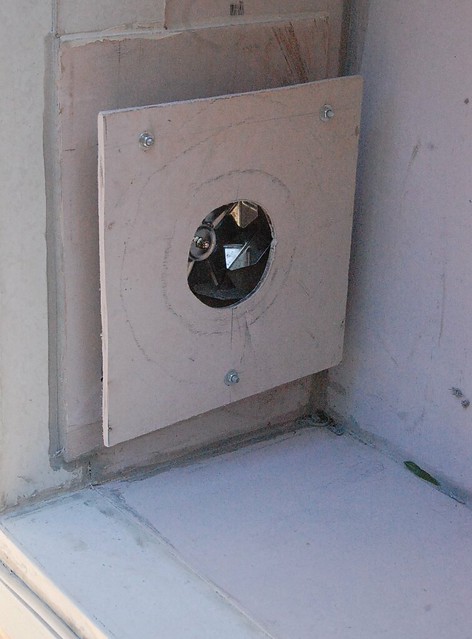
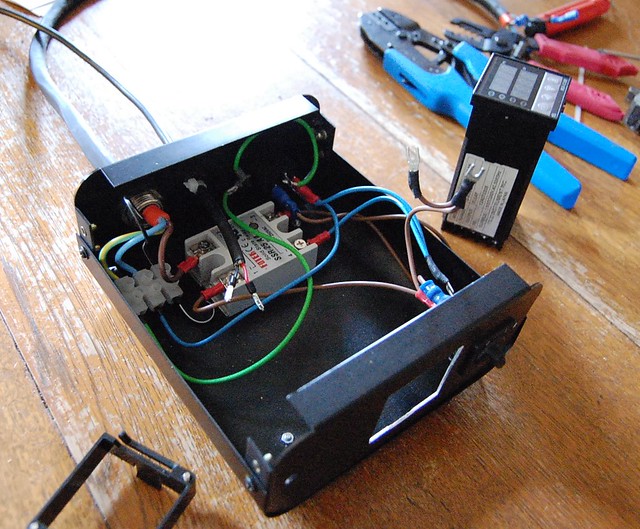
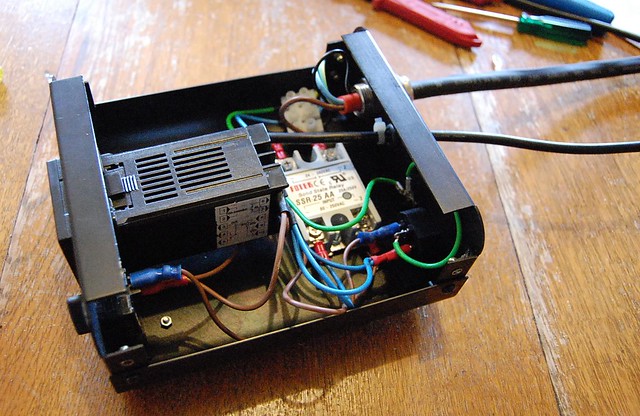

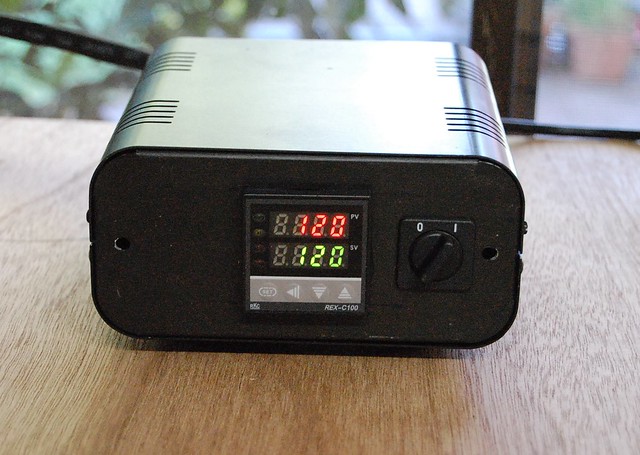
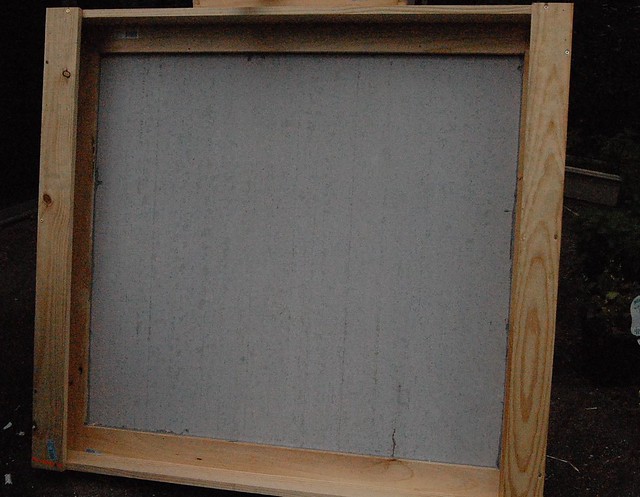

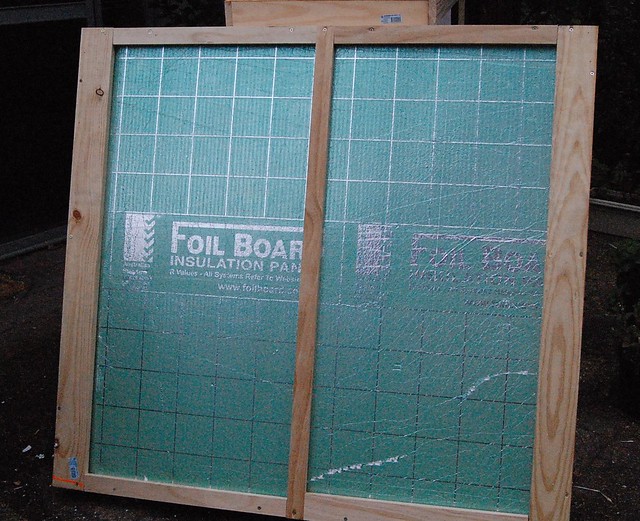
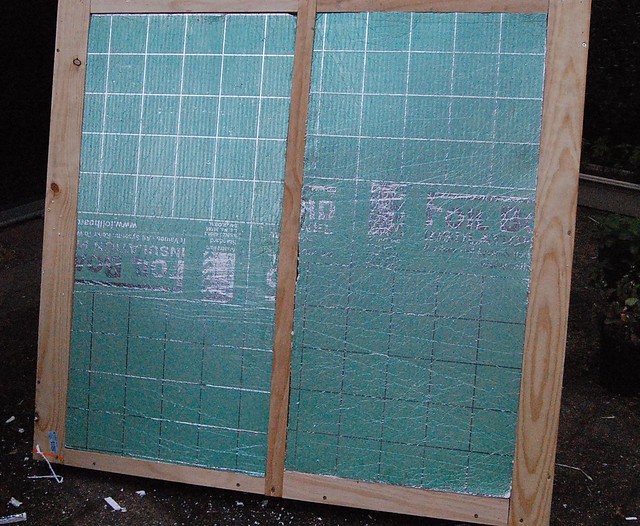

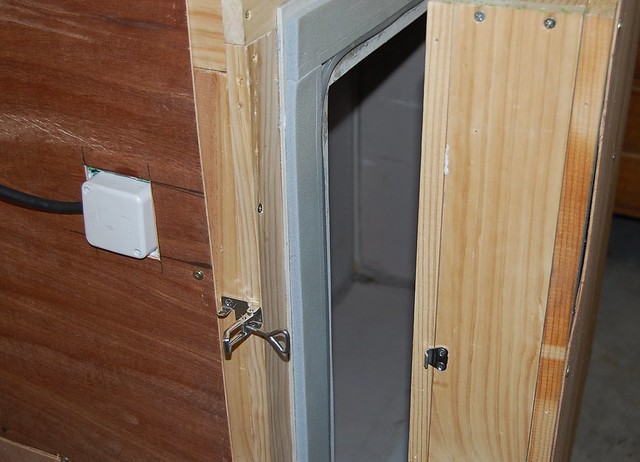


Bookmarks